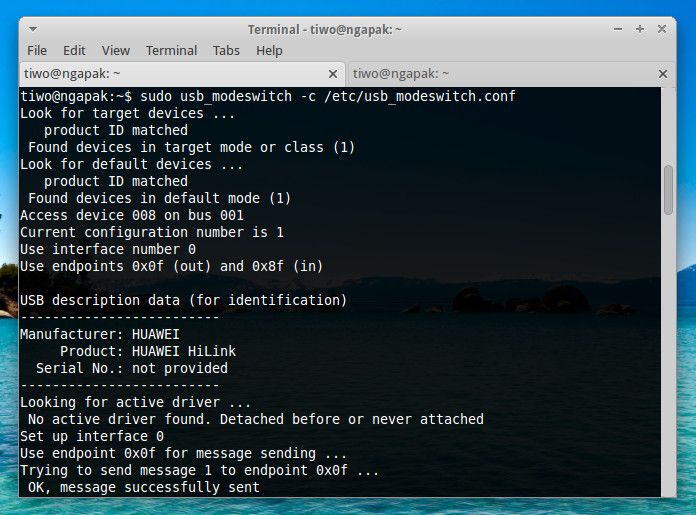
Configuration With the result of lsusb in the terminal for me, the pid of my Huawei was 12dd2for example See here. Might you prefer a GUI, also add the vnstati package. It is text based, but gives all the information.
#Huawei e3531 linux install
If you want to keep track of your data use, install the vnstat package. If all is well, you should see another product ID.Ī minor change with huge usability consequences. To check if everything went well run lsusb once more. Now the flash storage driver will be detached and the modem driver activated. First find your device's configuration file in the archive. The vendor ID is '12d1' and the product ID is '14fe'. I do not think you need to install any drivers.
#Huawei e3531 linux drivers
And the flash storage is not needed since the Linux kernel already has all necessary drivers onboard.

For Linux users this is confusing, since their systems too will first recognise the flash storage, but not the modem. Then, on a Windows machine, the installer will install the modem drivers and finally change the devices settings so it will be recognised as a modem next time. So the device will be initially mounted as flash storage. Instead of delivering a mini CD with drivers along with the USB modem, Huawei and others install some flash storage on their devices. Windows first needs to install USB modem drivers to be able to mount the device as such.


Most likely this is a Windows-induced problem. I cannot choose it in my Network Connections. Ubuntu 16 does not detect it as a mobile broadband modem. Ask Ubuntu is a question and answer site for Ubuntu users and developers. By using our site, you acknowledge that you have read and understand our Cookie PolicyPrivacy Policyand our Terms of Service.


 0 kommentar(er)
0 kommentar(er)
